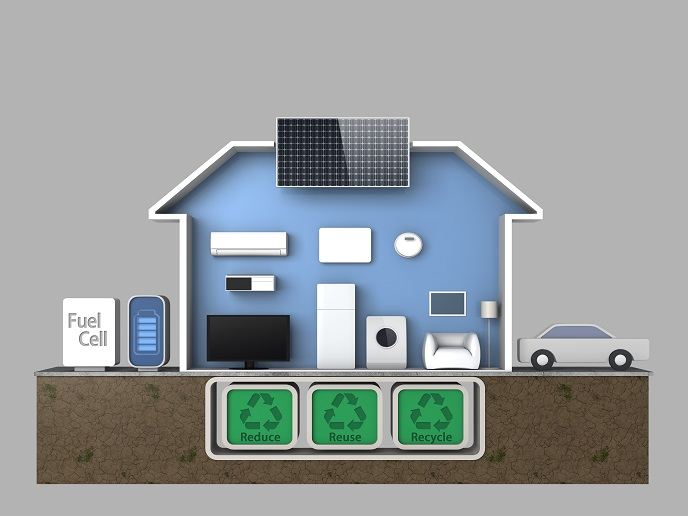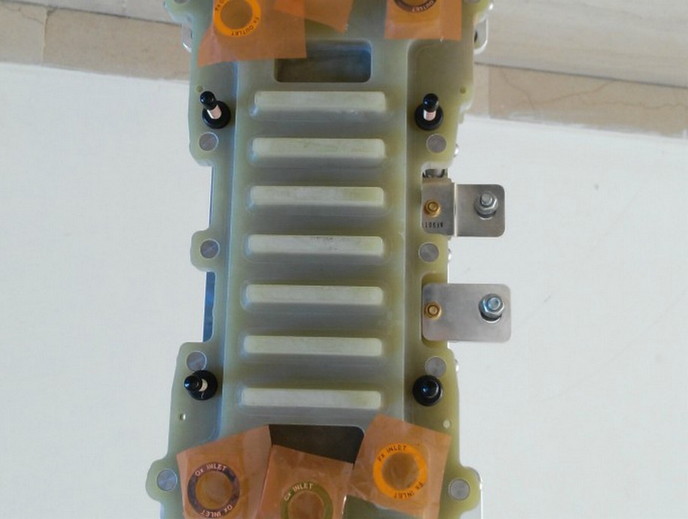Enhancing fuel cell efficiency
Solid oxide fuel cells (SOFCs) have potential for high electrical efficiency, 55-60 %, and total efficiency up to 90 % for CHP units combined with low emissions. SOFC has the benefit of offering commercial applications from tens of kW to several MW stationary units and high fuel flexibility from hydrogen to a large variety of hydrocarbon fuels, both biofuels and fossil fuels. Long lifetime of SOFC systems under permanent operation is a challenge for the durability of all components. At least 40 000 hours in case of small scale systems and even more for large scale systems are required. Simultaneously the capital investment cost has to be decreased as low as 2 000 EUR/kW for industrial use to achieve a break through on the commercial markets. The EU-funded project 'Anode sub-system development & optimisation for SOFC systems' (ASSENT)(opens in new window) focused on the development of fuel and water management for SOFC systems. The fuel management, and especially recirculation, is a key question in achieving high electric efficiency and rejecting external water supply. The recirculation increases the fuel utilization rate and can provide the water needed in the reforming of fuels. The ASSENT scientists evaluated different process approaches for fuel and water management, e.g. blower-based approach, ejector-based approach, and water circulation by condensing from the anode off-gas/exhaust gas and evaporating back to the fuel loop. In this project four different optimised subsystems were developed and validated successfully: two in large-scale and two in small-scale. These subsystems solution could be implementable into a pre-commercial system after the project. The ASSENT project has increased the system understanding, developed diagnostic tools for controlling whole FC-systems and evaluated commercially viable subsystem solutions. This will help to develop sub-systems that are viable for mass production, and can be implemented into a real system to reach performance, lifetime and cost targets for stationary applications in upcoming pre-commercial demonstration projects.







